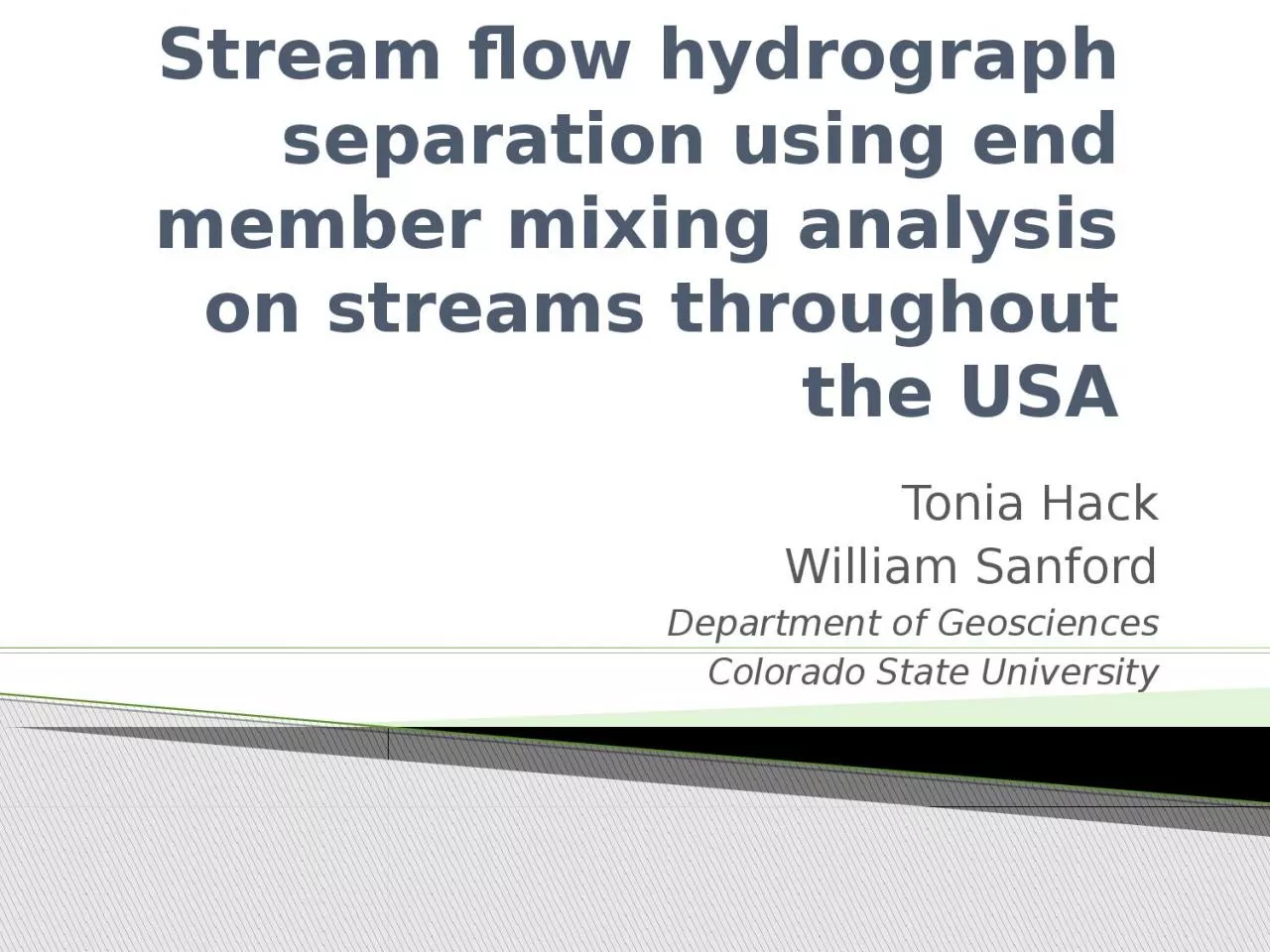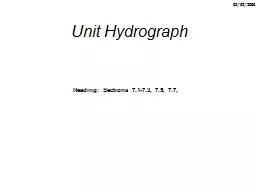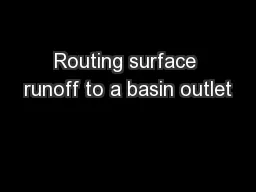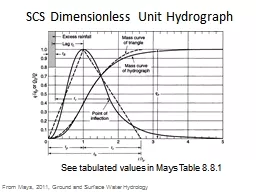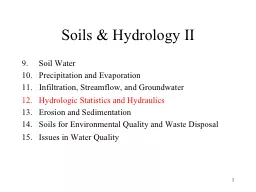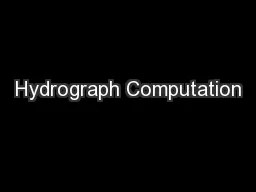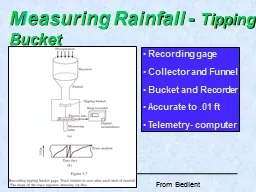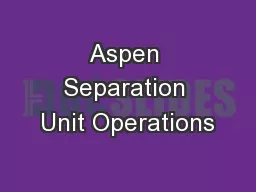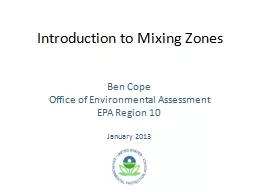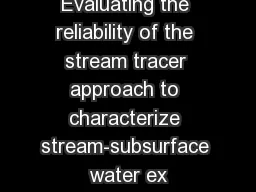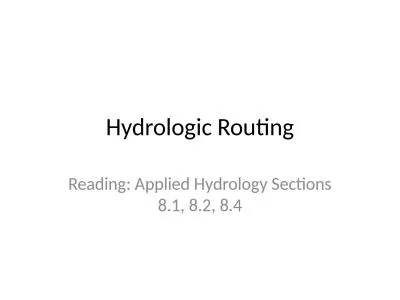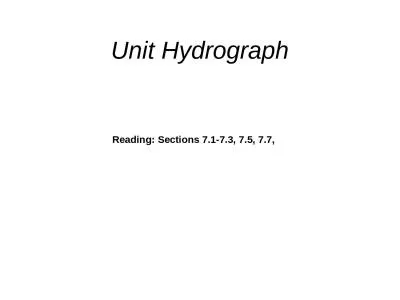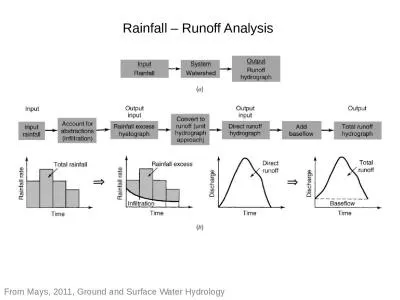PPT-Stream flow hydrograph separation using end member mixing analysis
Author : mila-milly | Published Date : 2023-10-04
on streams throughout the USA Tonia Hack William Sanford Department of Geosciences Colorado State University Separate hydrograph using 2component end member mixing
Presentation Embed Code
Download Presentation
Download Presentation The PPT/PDF document "Stream flow hydrograph separation using ..." is the property of its rightful owner. Permission is granted to download and print the materials on this website for personal, non-commercial use only, and to display it on your personal computer provided you do not modify the materials and that you retain all copyright notices contained in the materials. By downloading content from our website, you accept the terms of this agreement.
Stream flow hydrograph separation using end member mixing analysis: Transcript
Download Rules Of Document
"Stream flow hydrograph separation using end member mixing analysis"The content belongs to its owner. You may download and print it for personal use, without modification, and keep all copyright notices. By downloading, you agree to these terms.
Related Documents

